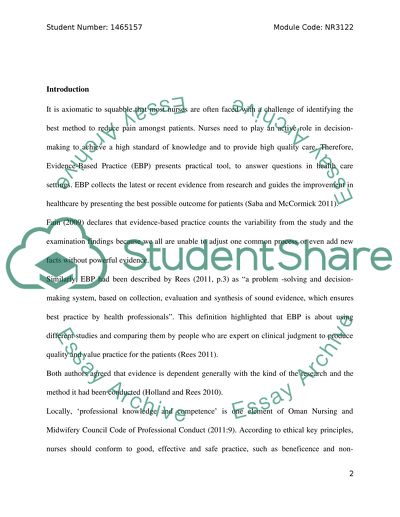Cite this document
(“Non-pharmacological and pharmacological methods Essay”, n.d.)
Non-pharmacological and pharmacological methods Essay. Retrieved from https://studentshare.org/nursing/1695791-non-pharmacological-and-pharmacological-methods
Non-pharmacological and pharmacological methods Essay. Retrieved from https://studentshare.org/nursing/1695791-non-pharmacological-and-pharmacological-methods
(Non-Pharmacological and Pharmacological Methods Essay)
Non-Pharmacological and Pharmacological Methods Essay. https://studentshare.org/nursing/1695791-non-pharmacological-and-pharmacological-methods.
Non-Pharmacological and Pharmacological Methods Essay. https://studentshare.org/nursing/1695791-non-pharmacological-and-pharmacological-methods.
“Non-Pharmacological and Pharmacological Methods Essay”, n.d. https://studentshare.org/nursing/1695791-non-pharmacological-and-pharmacological-methods.


